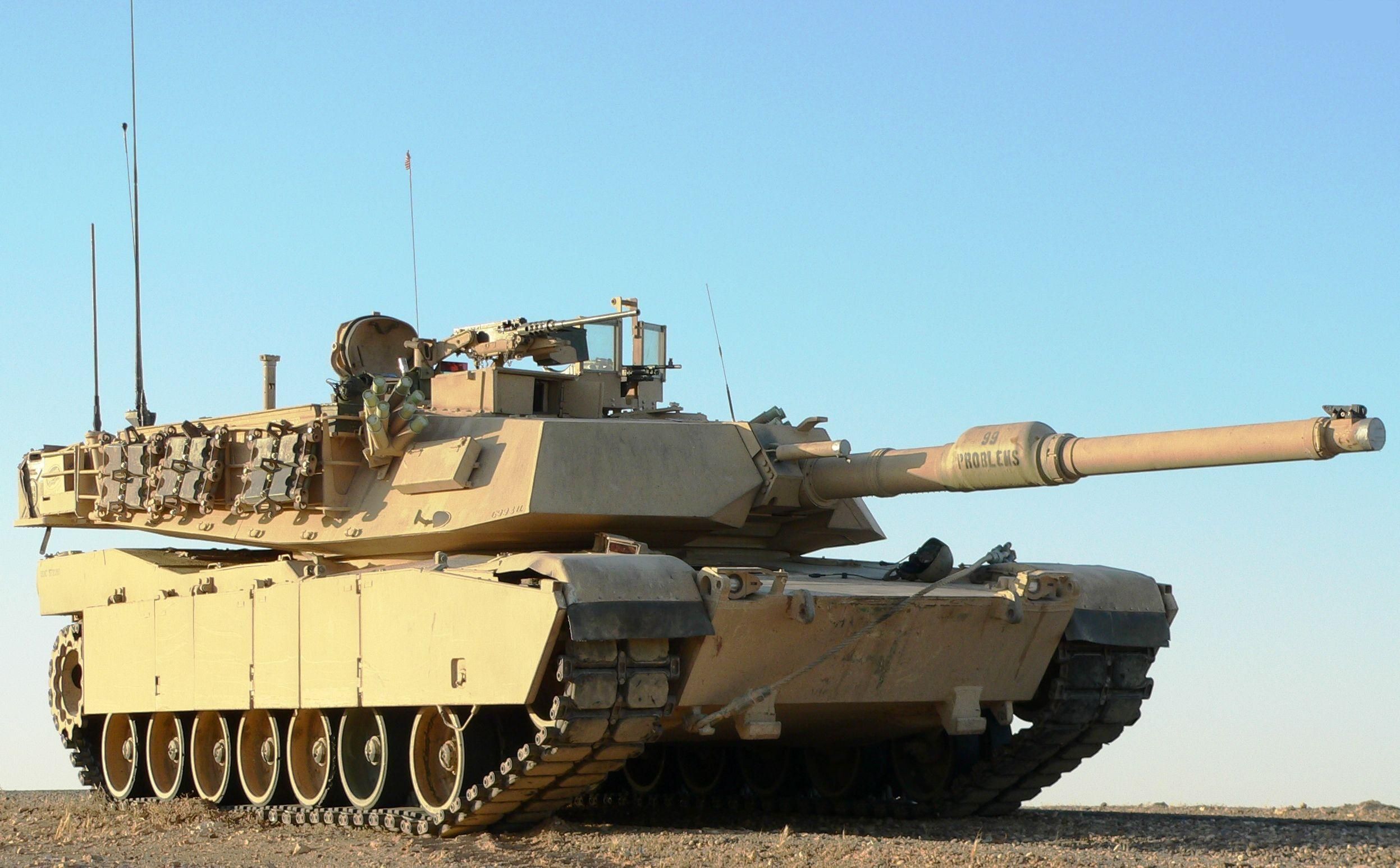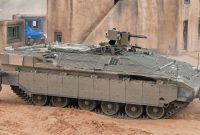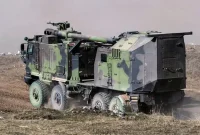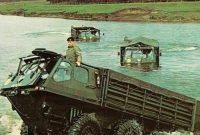The United States Army has set its sights on revolutionizing armored warfare with the introduction of the M1E3 Abrams, a “more survivable, lighter tank” designed to meet the battlefield challenges of 2040 and beyond. This ambitious endeavor represents a substantial leap in the evolution of the legendary M1 Abrams main battle tank, focusing on increased lethality, survivability, and the capability to counter longer-range threats. The M1E3 project is a response to the evolving nature of warfare, accentuated by recent global events such as the conflict in Ukraine, which has underscored the necessity for integrated soldier protection, logistical efficiency, and adaptability. In this article, we explore the groundbreaking features, expectations, and implications of the M1E3 Abrams, set to redefine the landscape of armored warfare.
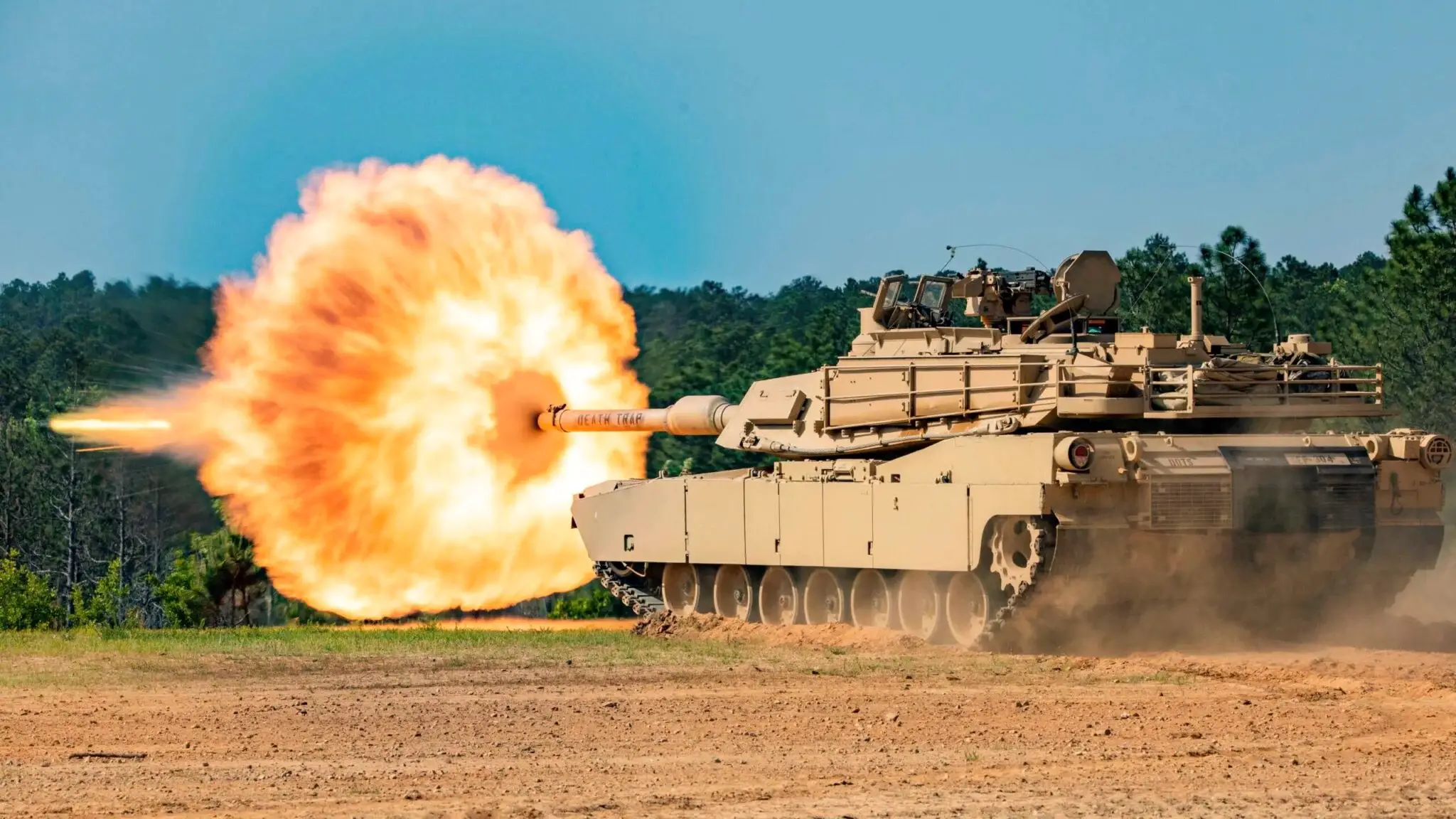
The Urgent Need for Innovation
In the wake of global conflicts and lessons learned from the battlefield, the US Army recognized the critical need for a paradigm shift in armored warfare. The war in Ukraine, in particular, shed light on the necessity of creating a tank that could provide integrated protections for soldiers from the inside out, as opposed to adding external adaptations. Major General Glenn Dean, US Army ground combat system program executive officer, emphasized that the Abrams tank, renowned for its formidable capabilities, had reached a crossroads. Its potential for growth was stymied by the risk of increased weight, thereby necessitating a reimagining of its design to reduce its logistical footprint.
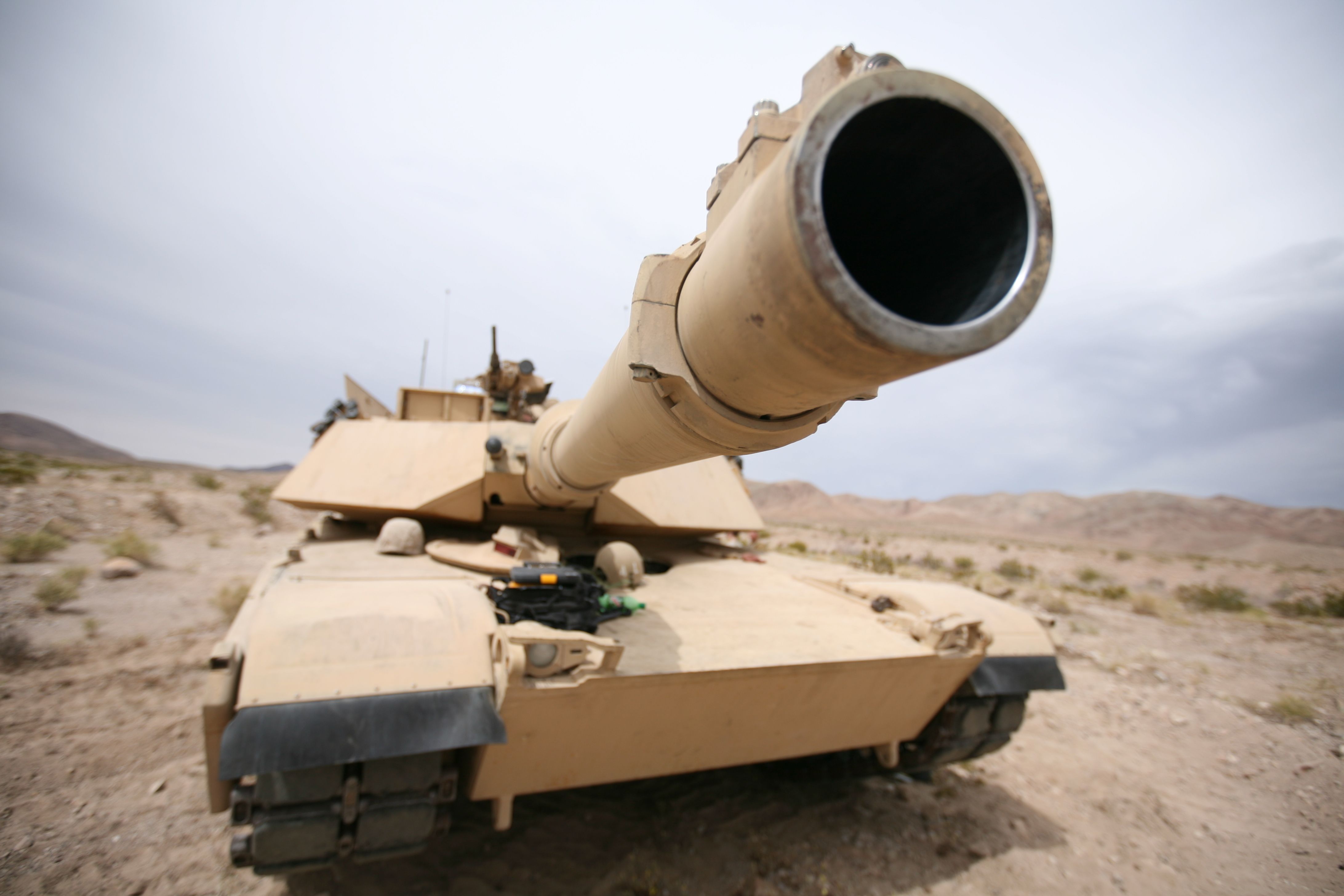
The M1E3 Abrams: A New Era
The M1E3 Abrams signifies a leap into the future of armored warfare. The nomenclature is a return to the Army’s traditional use of type classification and nomenclature, aligning with its combat vehicle fleet. The ‘E’ designation denotes an engineering change to an existing platform, signifying a significant modification that distinguishes it from a mere update. This designation highlights the prototype and development configuration until the vehicle officially receives an ‘A’ designation, signifying its acceptance as a production-ready system. Notably, this differs from the ‘XM’ designation used for entirely new prototype systems.
Anticipated Capabilities
The M1E3 Abrams is envisioned to emerge with a suite of enhanced capabilities, thereby reshaping the modern battlefield. These capabilities include increased lethality, enabling it to engage and defeat adversaries at longer ranges, as well as heightened survivability. This evolution is not limited to mere enhancements but seeks to redefine the tank’s role, making it a more adaptable, agile, and lethal asset on the battlefield.
Challenges of the Modern Battlefield
The modern battlefield has undergone a transformation, with adversaries evolving their tactics and weaponry. The US Army acknowledges the importance of adapting to these new challenges and optimizing the Abrams tank’s mobility and survivability. Brigadier General Geoffrey Norman, director of the Next-Generation Combat Vehicle Cross Functional Team, emphasized the need to maintain the Abrams as the apex predator on future battlefields. This means equipping the tank with the tools necessary to close with and decisively engage the enemy in dynamic and unpredictable combat scenarios.
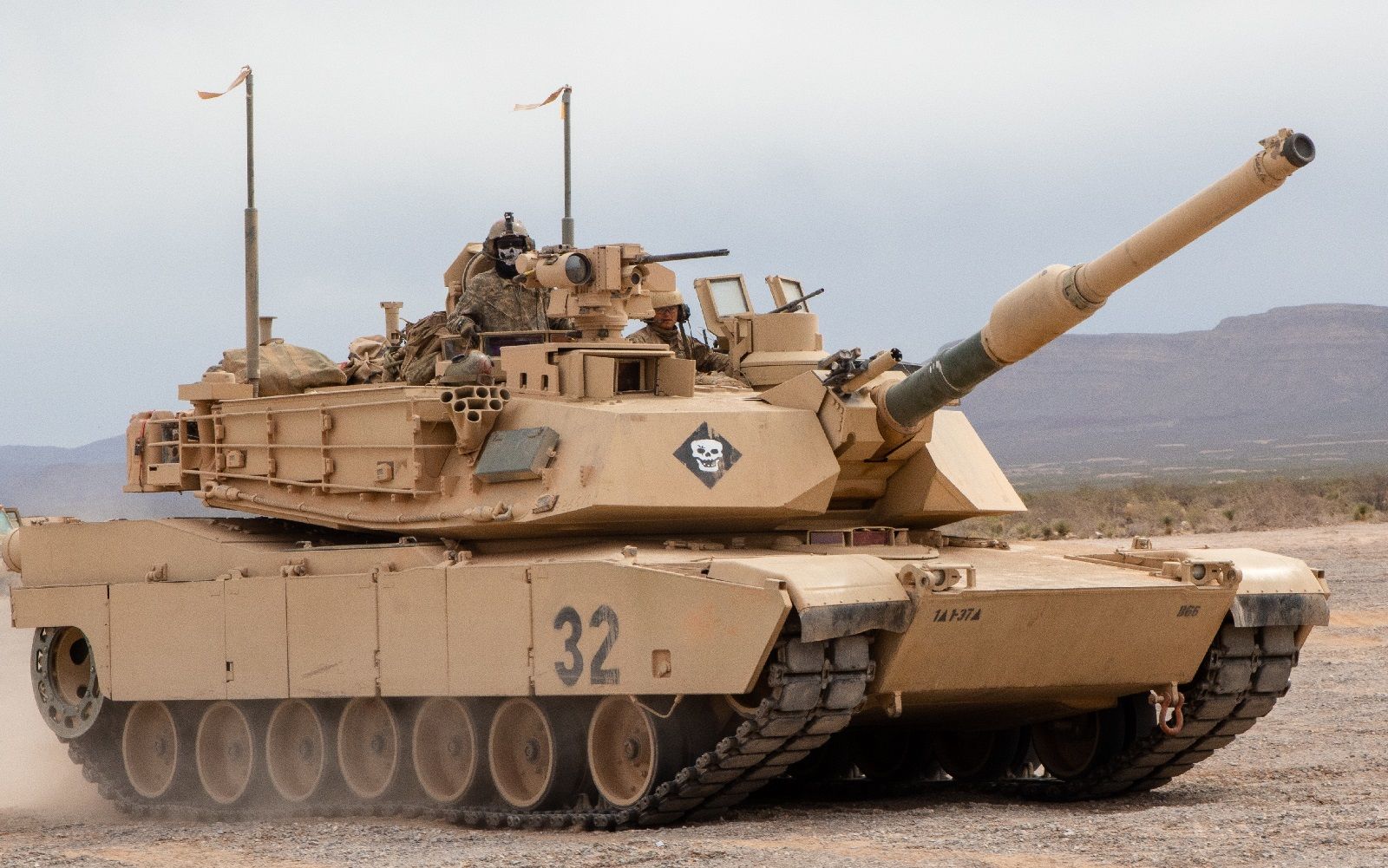
Transition and Synergy
The transition to the M1E3 Abrams will be a carefully orchestrated process. Production of the M1A2 SEPv3 will continue at a reduced rate until it seamlessly transitions to the M1E3 Abrams. This shift may include incorporating features developed for the M1A2 SEPv4, which is currently in development. These features encompass modular open systems architecture standards, enabling faster technology upgrades and systems that demand fewer resources, ensuring that the M1E3 remains adaptable and effective throughout its operational life.
International Implications
The modernization of the M1E3 Abrams is not limited to the United States; it is expected to enhance the effectiveness and maneuverability of armored brigade combat teams globally. As the apex predator on the battlefield, the M1E3 will continue to serve as a symbol of innovation and military might, echoing its legacy as a force to be reckoned with.
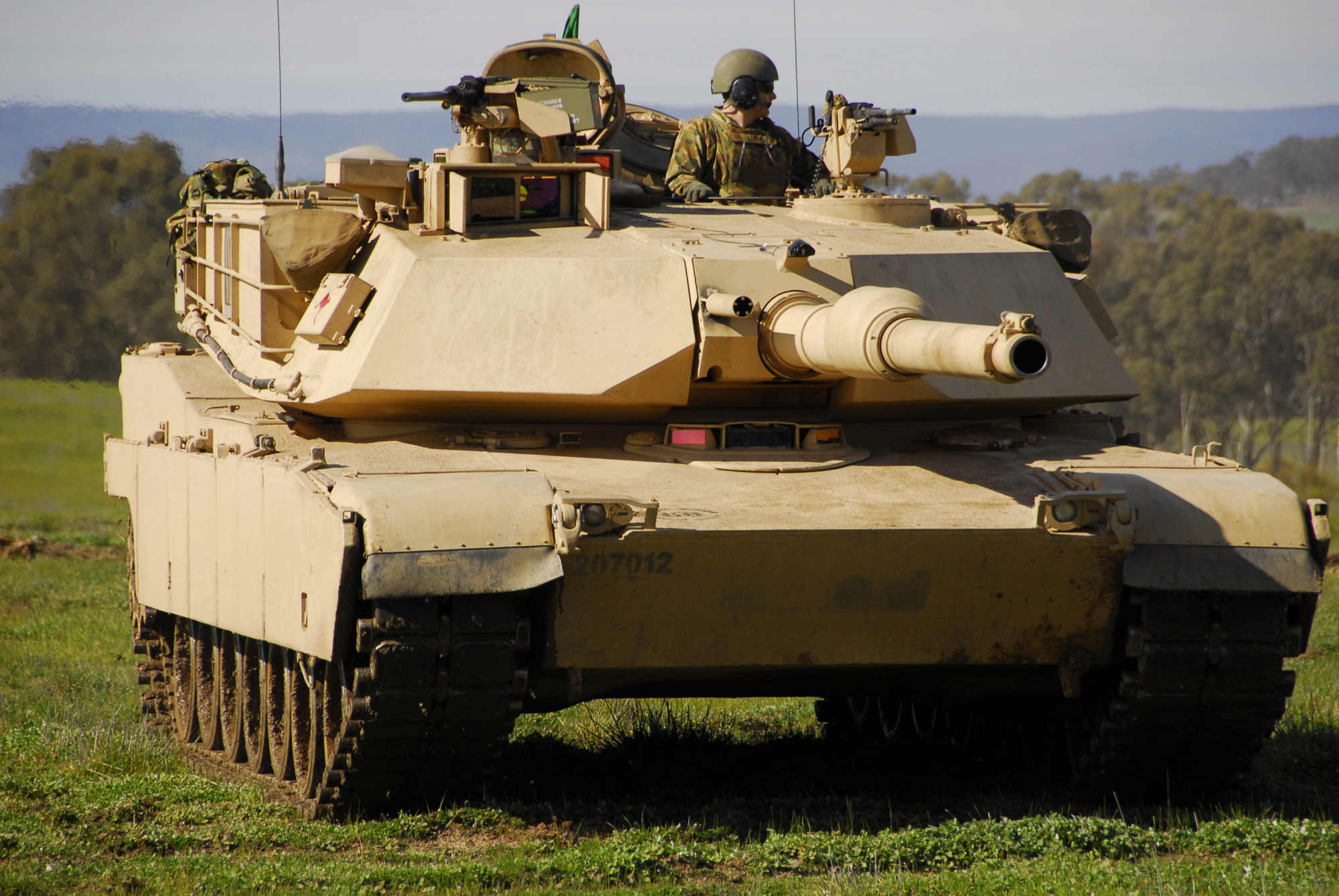
Conclusion
The M1E3 Abrams modernization program represents a pivotal moment in the evolution of armored warfare. As the US Army embraces the challenge of adapting to the complexities of the modern battlefield, the M1E3 Abrams emerges as a symbol of innovation, adaptability, and resilience. With a focus on increased lethality, survivability, and operational efficiency, this groundbreaking tank is poised to redefine the standards for armored warfare, both in the United States and on the global stage. The journey toward the M1E3 Abrams signals an exciting chapter in the history of military technology, emphasizing the need for adaptability and integrated soldier protection in a rapidly evolving world.

